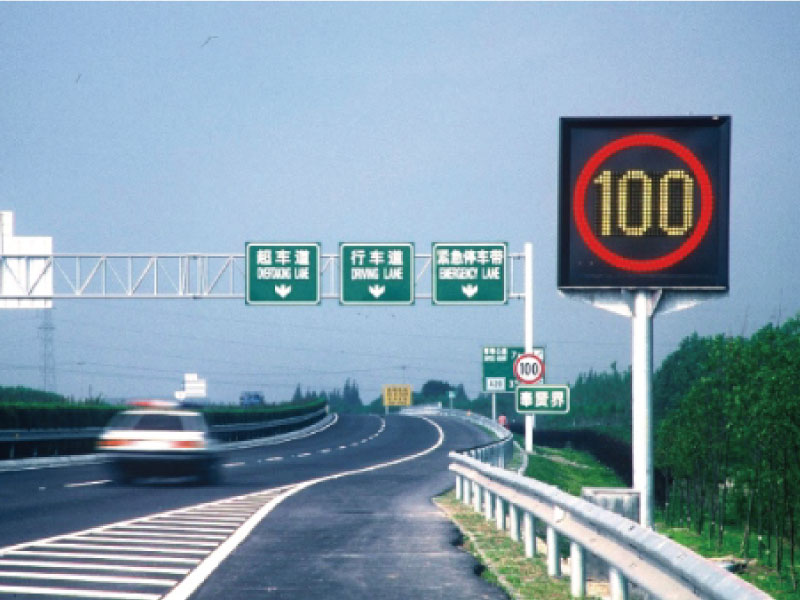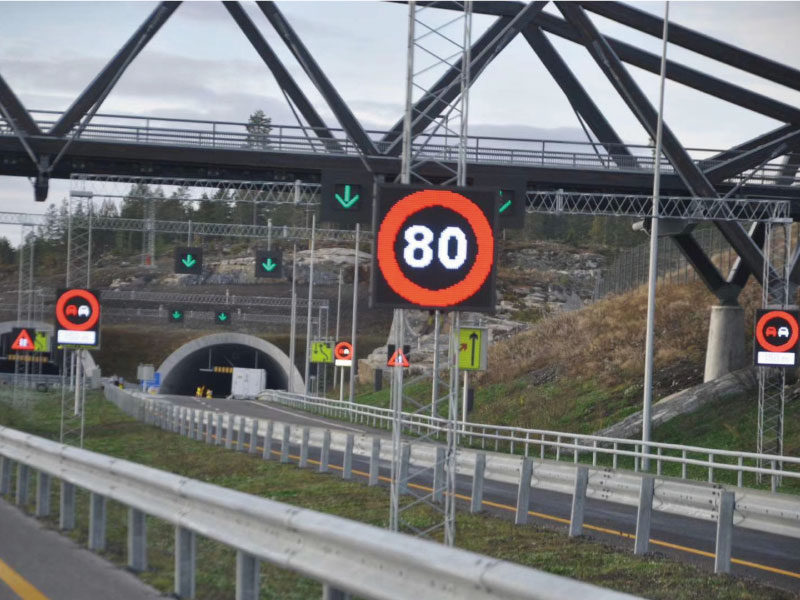



In the traffic display market, LED displays are mainly used as information signs in bus stations, railway stations, airports, high-speed highway stations, bus stops, port and wharf construction etc. They are highly praised by the transportation sectors due to their high brightness and high reliability. It can be integrated into the command and monitoring center, urban traffic signal lights, highway LED variable information boards, LED variable speed limit signs, traffic guidance LED displays, variable traffic information signs and other LED display products. Among them, the command and monitoring center display, traffic guidance LED display, and highway LED variable information board are the most widely used and mature scenarios for large-screen displays.
According to statistics, the market scale for LED traffic display in 2019 was 3.77 billion, with a year-on-year growth rate of approximately 15.7%. In the context of the country’s vigorous development of transportation infrastructure construction, the country is targeting the extension of subway lines in first- and second-tier cities. Increased investment in the construction of transportation infrastructure in third- and fourth-tier cities, as well as further promotion of the construction of smart cities. As an important part of its composition, traffic display will develop towards the direction of intelligence and interactivity. The compound growth rate from 2019 to 2023 will reach 14.6%, and it will face an overall trend of steady and gentle growth.
In the huge transportation network of modern times, it is necessary to rely on the deployment system as a cooperative medium to know the conditions of roads and vehicles as to adjust them in time, and to ensure the smoothness of the roads. For the moment, the main display equipment of the monitoring and deployment system on the market is LED display, DLP and LCD screen. However compared with the LED display, the small size and obvious seam of DLP and LCD are their biggest defects. Compared with DLP and LCD, LED display screens is gray scale, high brightness and high cost; which are the limitations of their application in traffic command centers. However, after years of development of small-pitch LED displays, the application scenarios and technology are relatively mature, and thus the price has dropped accordingly.



The main application scenarios of the traffic guidance screen and the highway LED variable information board are the first-class highways. Due to the complex and diverse outdoor environment, the outdoor traffic display requires the display to clearly display the roads, the real time traffic situations in poor visibility weather. In addition to light control, it also needs to have high protection, lightning protection and other functions to ensure the normal release of information. It requires 24 hours of uninterrupted working and operation status. Therefore, the LED traffic display market has very high standards for LED displays in terms of its stability, its performance and service life.
The application of LED display in the transportation field is not limited to the above-mentioned fields. With the promotion of smart city and the strengthening of the construction of expressways, LED display will be more widely applied in the field of transportation.